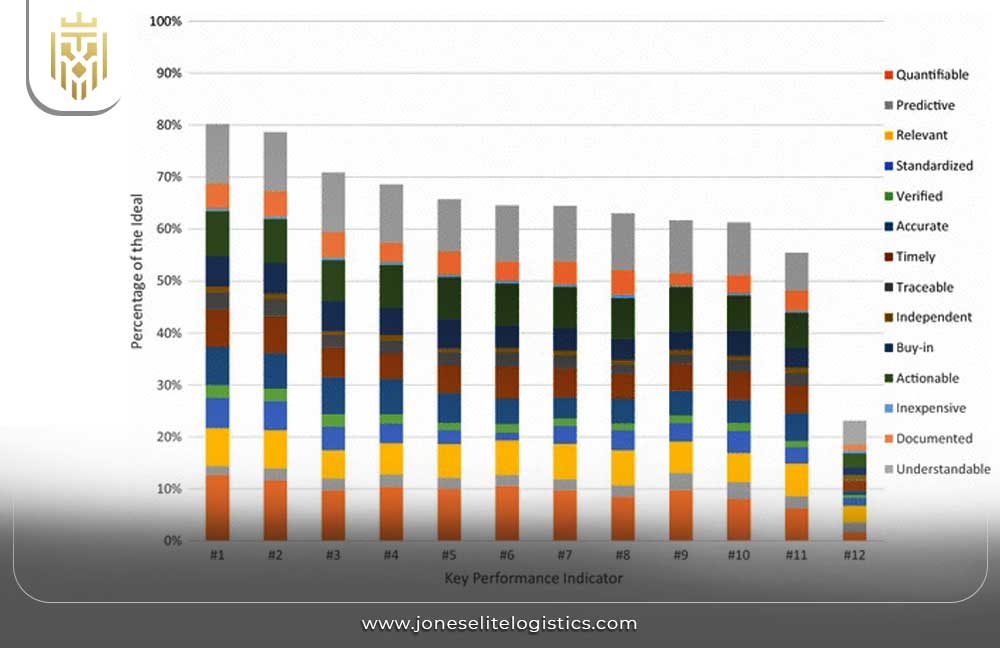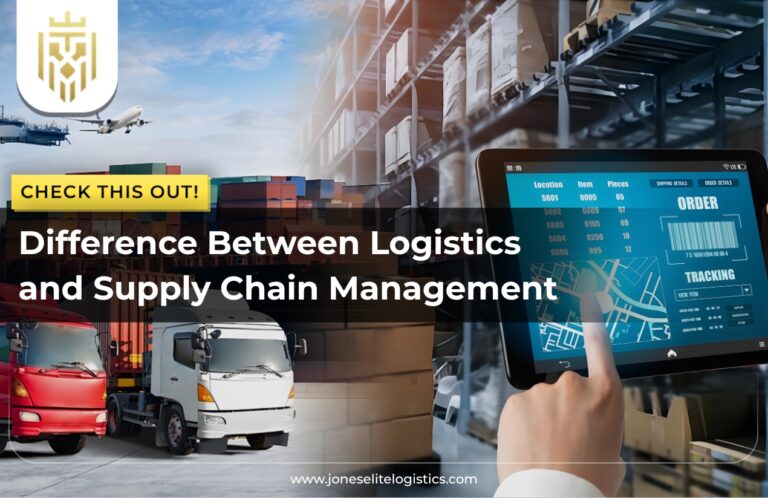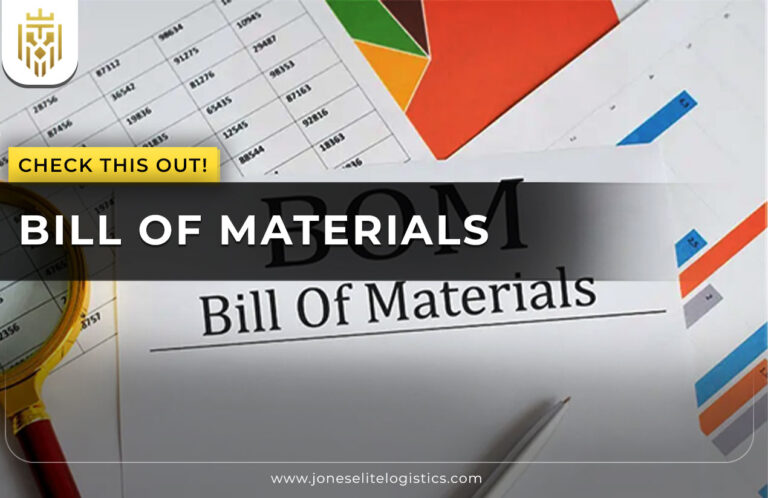What is the SCOR model in the Supply chain ?
The Supply Chain Operations Reference (SCOR) Model in supply chain management helps standardize, evaluate, and measure the efficiency and effectiveness of sales and operations planning (S&OP) processes. This standardization ensures alignment with business goals and enhances overall performance in the supply chain operations. By implementing the SCOR model, organizations can optimize their supply chain processes to achieve better results.
What is SCOR DS?
SCOR Digital Standard (DS) is a digital supply chain standard offering sustainability tools, communication frameworks, and benchmarking to improve supply chain operations rapidly. It integrates business processes, best practices, and technology for enhanced organizational efficiency. This approach ensures that companies can leverage the SCOR model to streamline their supply chain management efforts effectively.

What is Green DS?
Green DS integrates eco-friendly practices into the supply chain, focusing on carbon reduction, resource optimization, and waste minimization. It emphasizes sustainable technologies in sourcing, production, and distribution, promoting environmentally responsible operations within the SCOR supply chain framework. This model aims to create a more sustainable supply chain management chain model.
Structure of SCOR model:
The SCOR model’s structure includes four levels—strategic, tactic, operational, and detailed—that comprehensively address high-level strategies, actions, day-to-day management, and specific tasks within the supply chain.
Level 1 Strategic:
At the strategic level, the SCOR model develops high-level supply chain management strategies by defining goals and identifying KPIs. This ensures that supply chain plans are aligned with market and customer needs for long-term success. By focusing on strategy, organizations can enhance their overall supply chain operations.
Level 2 Tactic:
The tactical level of the SCOR model in supply chain management translates strategic goals into actionable steps. It emphasizes optimizing supply chain networks, balancing demand and supply, and managing inventory. This ensures responsiveness and operational flexibility, critical for effective supply chain processes.

Level 3 Operational:
The operational level focuses on managing daily activities within the supply chain, ensuring efficient order fulfilment and inventory control. By maintaining a streamlined flow of goods and information, organizations can meet customer requirements effectively. This is essential for enhancing the SCOR supply chain operations.
Level 4 Detailed :
The detailed level of the SCOR model breaks down processes into specific tasks. This level emphasizes procedure consistency and continuous improvement while identifying opportunities to streamline operations. Ultimately, this promotes efficiency within the supply chain management framework.

Components of SCOR Model:
SCOR components include Plan, Source, Make, Deliver, Return, and Enable,each addressing critical areas of supply chain operations. These components ensure effective execution of planning and operational tasks in the supply chain management chain model.
Plan:
The Plan component of the SCOR model focuses on balancing supply and demand, managing resources, and regulatory requirements. Effective planning ensures that organizations can manage inventory and transportation efficiently within their supply chain processes.
Sourcing:
The sourcing process in the SCOR model manages the acquisition of products, including scheduling deliveries and overseeing supplier performance. By optimizing sourcing, organizations can enhance their overall supply chain operations and ensure timely product availability.
Make:
The Make process emphasizes production activities, including scheduling and packaging products for delivery. This focus on efficient manufacturing operations is vital for achieving success within the SCOR supply chain management framework.

Deliver:
The Deliver component encompasses order management and distribution, ensuring efficient transportation of products. By streamlining delivery processes, organizations can improve their supply chain management and enhance customer satisfaction.
Return:
The Return process addresses the return of products due to defects or excess inventory. By managing returns effectively, organizations can optimize their supply chain operations and reduce waste in the overall supply chain management process.
Enable:
The Enable component supports core activities such as planning and quality management. This is essential for ensuring effective execution of supply chain processes, contributing to the overall success of the SCOR model.
How to measure the performance of the SCOR model?
Performance measurement in the SCOR model utilizes hierarchical metrics to evaluate supply chain effectiveness. By assessing these metrics against reliability, responsiveness, and cost, organizations can enhance their supply chain management efforts.
What is Benchmarking and Performance Measurement in SCOR?
Benchmarking in the SCOR model facilitates performance comparisons against industry standards. This process helps organizations identify areas for improvement and set actionable performance goals within their supply chain operations.
FAQs
1) What is the SCOR model?
The Supply Chain Operations Reference (SCOR) model is a framework for evaluating and improving supply chain processes, focusing on efficiency and effectiveness through standardization, which aligns operations with business goals across various industries.
2) What is the Structure of SCOR model?
The structure of the SCOR model includes four levels: strategic, tactical, operational, and detailed, each addressing different aspects of supply chain management, from high-level strategies to day-to-day operations.
3) What are the Components of the SCOR Model?
The components of the SCOR model are Plan, Source, Make, Deliver, Return, and Enable, covering essential areas of supply chain operations from planning and sourcing to manufacturing, distribution, and support activities.
4) How to measure the performance of the SCOR model?
To measure the performance of the SCOR model, organizations use hierarchical metrics across levels, evaluating effectiveness based on attributes like reliability, responsiveness, agility, cost, and asset management efficiency within the supply chain.









